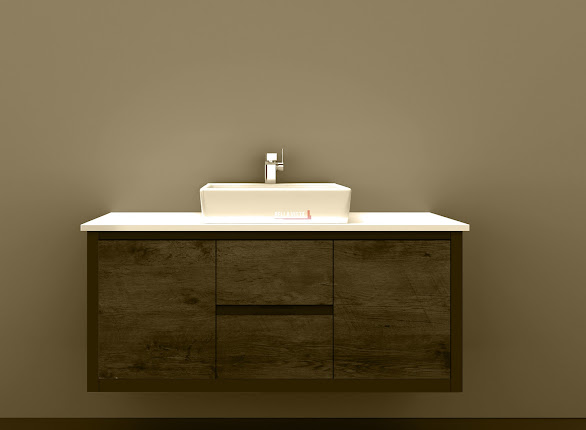Learn The Advantages And Demerits Of Installing Engineered Timber Flooring
People rush to choose a timber floor based on the type of wood, appearance, breadth, height, and cost, but they neglect if they'd be wiser suited with solid or engineered timber flooring.
This first selection will impact the longevity of the flooring, its resilience, the time it takes for installation, the number of times you can sand and polish it, the styling and aesthetic characteristics of the boards, and efficiency and emission standards.
What Do You Mean By Engineered Timber Flooring?
A multi-layered engineered timber floor consists of a timber overlay or lamination surface layer perched atop a less expensive foundation such as ply, pine, or rubberwood.
The surface layer of wood is typically thin, ranging from 1 to 4 millimetres, rendering it easy to mature and condition the wood while also substantially reducing widening and contraction. To avoid such humidity difficulties, the designer can design a pre-finished floorboard that doesn't involve any sanding or polishing after installation. With an engineered floor, the wood may be delivered, installed, and walked on the same day.
What Is The Durability Of Engineered Timber Flooring?
The way the floor is installed will have a big impact on it. The vast majority of businesses will float an engineered floor, which implies they will glue the boards collectively but leave the floor unattached to the ground. This is a quick and easy technique to put down a floor, but it prevents you from sanding and repolishing it in the later stage. A floating floor cannot be sanded and re-polished.
Engineered timber flooring does have certain aesthetic advantages. It's difficult to find a solid wood floorboard broader than 100mm, simply since the broader and thicker the board is, the more difficult it is to prevent it from stretching. You may construct considerably broader planks with an engineered timber floor, displaying more of the wood's natural elements. Wider boards enhance your overall residence with a better open feel, and it also makes it appear larger.
What Are The Benefits Of Installing Engineered Timber Flooring?
The following are some of the benefits of engineered timber floor:
Solid wood is more expensive.
Installation is simple and efficient.
There is no need to acclimate before installation.
There are more aesthetic alternatives open.
What's The Final Call?
Engineered timber flooring, as elaborated in this article, provides a number of perks. It's less expensive than solid wood, more environmentally friendly, and simpler to install.
Keep in mind you're buying the proper engineered hardwood if you wish to install it. The advantages of engineered hardwood can be reaped in a variety of ways. Begin by looking for a standardised item to purchase.




Comments
Post a Comment